Stamp collecting, also known as philately, has a long and storied history dating back to 1840 when the Penny Black – the world’s first adhesive postage stamp – was issued in Great Britain. For over a century after, compiling stamp albums was a popular worldwide hobby, with stamp clubs, catalogs, and periodicals supporting an engaged community of collectors participating in this postal pastime.
However, in recent decades, the prevalence of email, online bill pay, and declining mail volume has led some to believe stamp collecting is a dying hobby. “Philately will be dead in 20 years,” became a common refrain. Stamp collecting was perceived as outdated, and relegated to an older generation.
Yet, dedicated stamp collectors and specialists say this pastime still has a pulse, albeit changed from its heyday. While the appeal has waned in the United States, collectors in Asian countries like India and China have grown. Niche specialties around specific topics and first-day covers persist. Technology is even lending a helping hand – both in managing collections and connecting enthusiasts through online communities.
So does stamp collecting still have a future even if unlikely to reach its former glory? Or is this hobby destined to become a relic of a bygone postal era? In this article, we’ll delve into the history and analyze the factors behind stamp collecting’s decline as well as signs it still survives, though evolved for the modern world.
Brief History of Stamp Collecting
The origins of stamp collecting trace back to 1840, when the first postal stamps were issued in Great Britain. The famed Penny Black, bearing the profile of Queen Victoria, sparked immediate interest not just for postal use but among collectors captivated by these small pieces of paper. As additional countries began printing and using postage stamps through the 19th century, stamp collecting arose as a popular pastime.
This pursuit of collecting and categorizing stamps from around the world was dubbed “philately”, derived from the Greek words for “love” and “exempt from tax”. The term was coined in 1864 by a French collector to describe this new hobby. Enthusiasts took joy in seeking out rare and unique stamps to add to their growing albums. Stamp catalogs were compiled to track the options and various editions printed by postal services globally.
The “golden age” of stamp collecting is considered to be from the 1930s through the 1950s. Even with the Great Depression, stamps provided an inexpensive hobby and respite from everyday hardships. This period saw a boom in stamp clubs, youth engagement, and notable collectors like President Franklin Roosevelt. The growing diversity of stamps being issued and exchanged through mail fueled interest. The popularity led the United Nations Postal Administration to issue stamps specifically aimed at collectors versus postal use.
Reasons for Stamp Collecting’s Decline
While stamp collecting rode a wave of popularity through the mid-20th century, interest began to wane in the 1970s and onward. A confluence of factors led to this hobby’s decline, especially in the United States and Europe.
The rise of new technologies had a strong impact. Email became prevalent, reducing the need for postage stamps for correspondence. Online bill pay and e-commerce also diminished personal mail volume. Some collectors left the hobby as they no longer received as many stamps to sort and compile.
Generational preferences also shifted away from philately. As television, video games, computers, and eventually smartphones captured youth attention, fewer kids got into stamp collecting. The hobby came to be associated with retirees and senior citizens. An “out with the old” perception took hold.
The 2008 global financial crisis also impacted the disposable income available to spend on hobbies and collectibles. While far from the only factor, economic conditions made stamp collecting less accessible as a leisure activity.
Signs the Hobby is Not Dead
While stamp collecting is nowhere near as popular as its “golden age”, there are indicators the hobby still maintains an international following and is evolving for the digital age.
A key sign of life is that specialist groups and clubs for philately continue to exist in countries worldwide. In the US, the American Philatelic Society and American Topical Association still have active memberships. Major annual stamp shows like Stamp Show and Pacific Explorer still occur.
Certain demographics and geographies show growing interest as well. In India and China, increasing middle classes have taken up stamp collecting. Youth philately groups provide education and community. First-day covers and topical collecting around specific subjects persist.
Technology is lending help in some ways. Online communities like Stampboards forum enable collectors to connect. Inventory software helps collectors organize and value their holdings. Auction aggregators centralize stamps for sale from eBay and other marketplaces.
While the hobby is certainly smaller than historically, dedicated enthusiasts are finding ways to adapt stamp collecting to today’s landscape. The global nature and abundant existing stamps offer continued potential for engagement.
Conclusion: Is Stamp Collecting Dead or Alive?
Stamp collecting undeniably has passed its heyday when even children and teens sought out stamps to grow their collections. However, while the numbers are diminished, it appears premature to label this hobby as “dead.”
Dedicated collectors and clubs keep philately alive around the world. New generations in growth markets like Asia are taking up album-building. Niche specialties persist around first-day covers, stamp types, and topics. Technology is helping collectors manage and connect.
The future is unclear – stamp collecting is unlikely to reach its former glory and popularity. But adaptations to the digital world and global communication could reinvigorate interest. There are enough existing stamps to engage new collectors for decades or longer.
Stamp collecting seems destined to become more of a niche pursuit than a mainstream hobby going forward. But for those who find relaxation, education, community, and joy in these tiny pieces of postal history, philately still has a pulse. When approached with passion, curiosity, and innovation, there are still many more stamps left to collect and catalog.

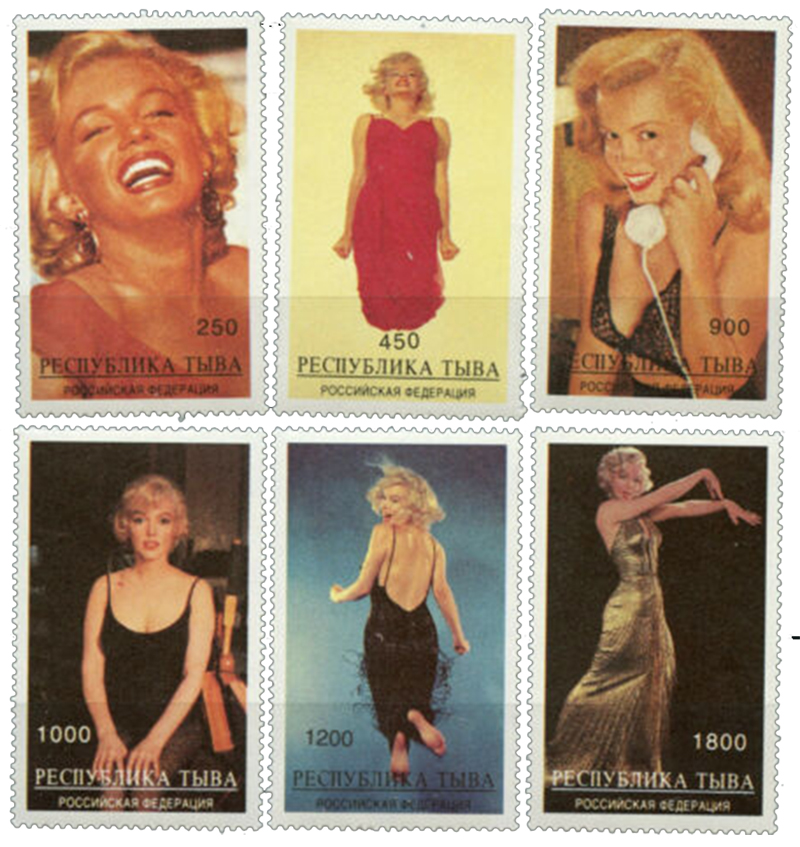
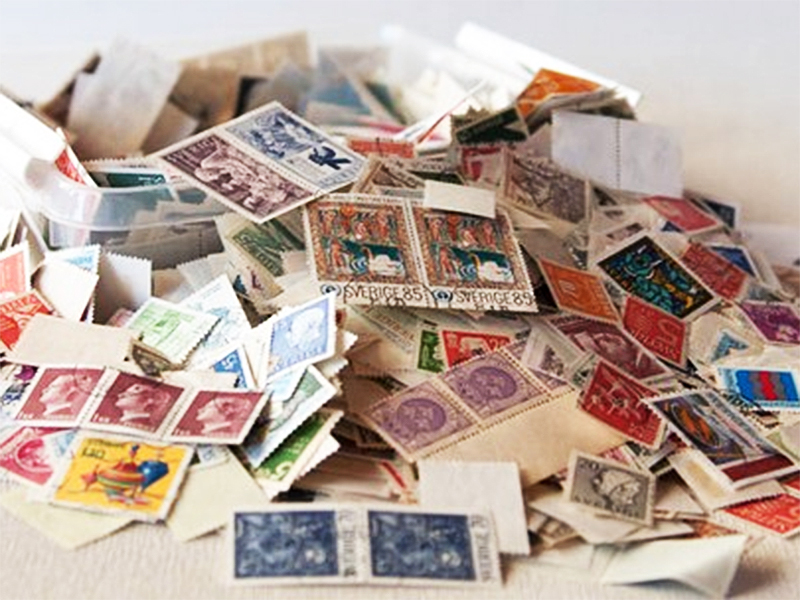
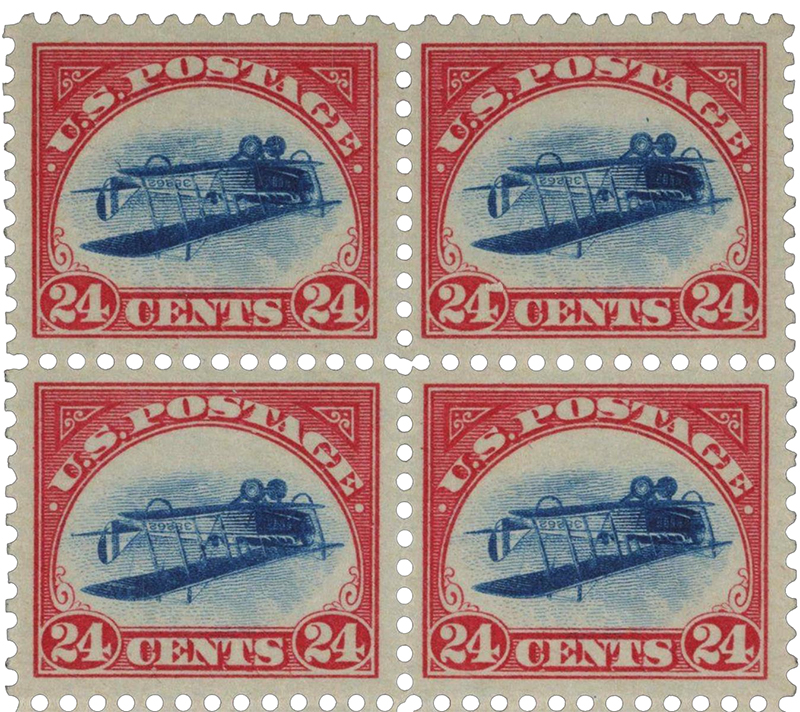
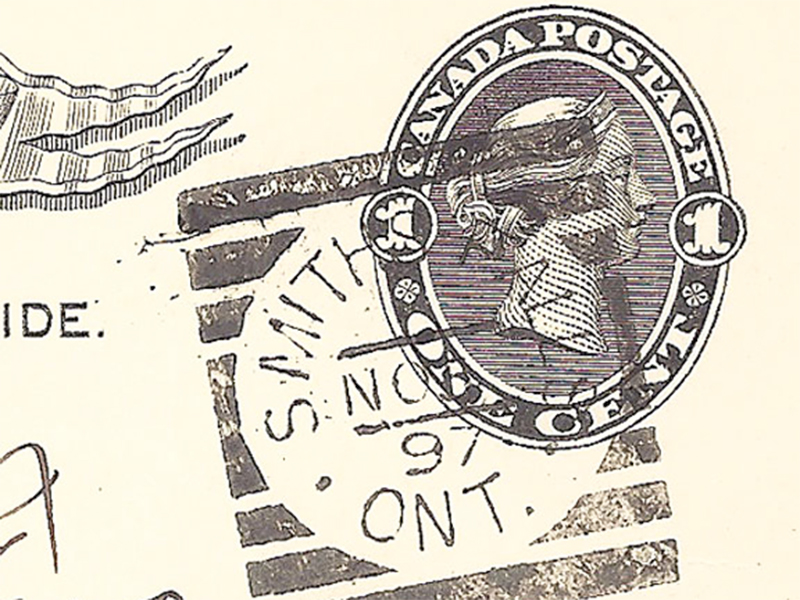
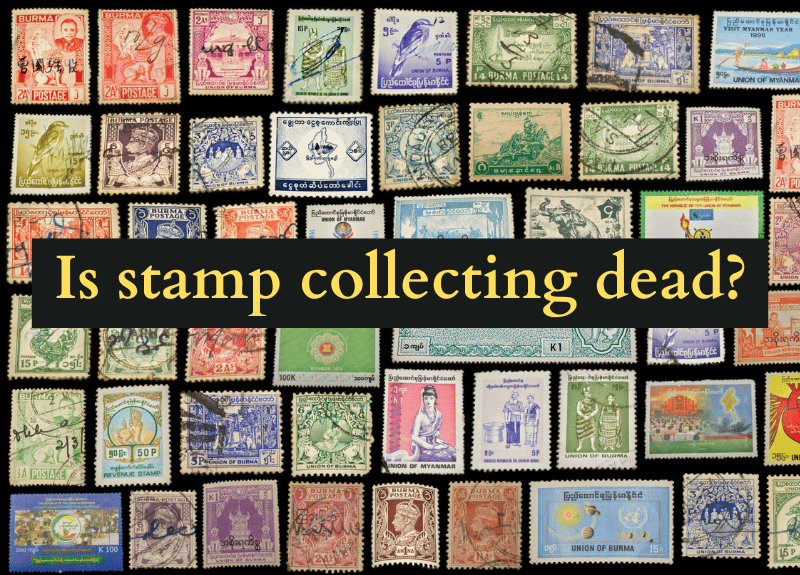
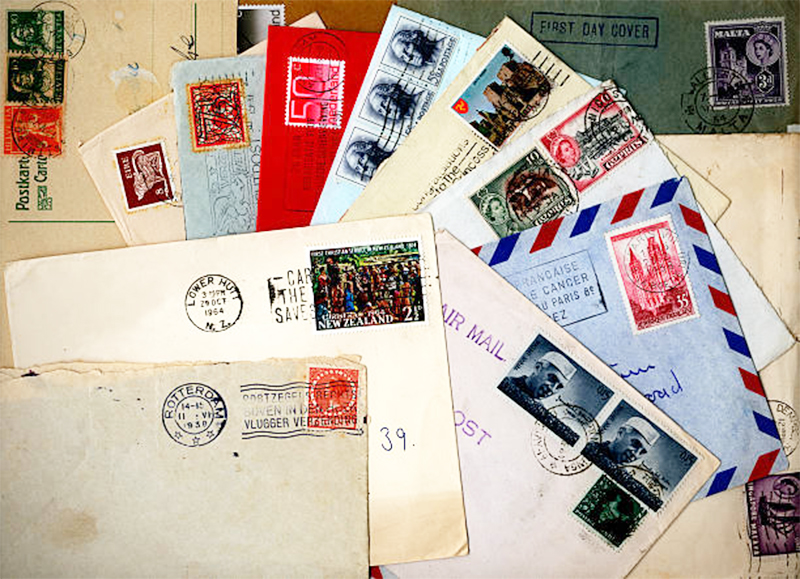



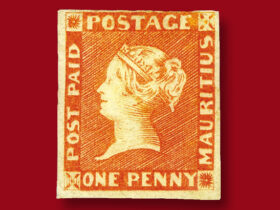
Leave a Reply